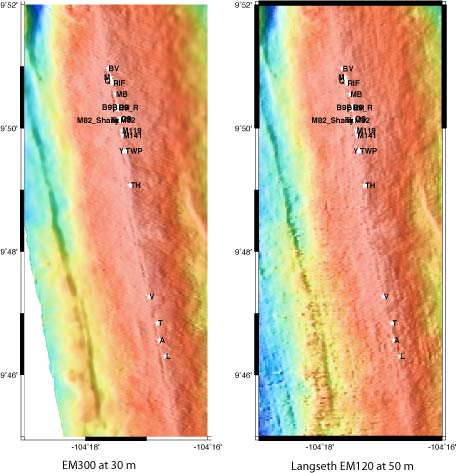Projects
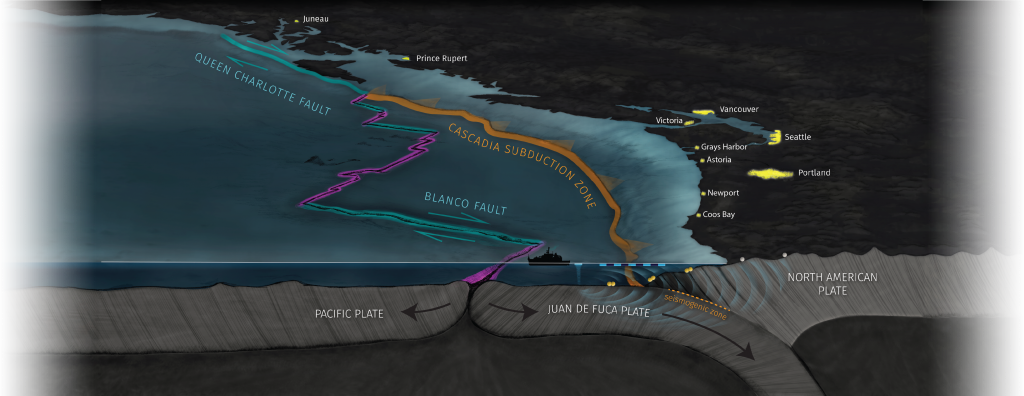
Cascadia Ocean Bottom Sensors Deployment
The goal of this project is to acquire an open-access, marine wide-angle seismic reflection/refraction dataset across the Cascadia accretionary wedge. This survey will consist of the deployment and recovery of short-period multicomponent ocean bottom seismometers and large-N arrays of ocean bottom nodes. The sensors will record the controlled-source acoustic signals of a seismic reflection survey off the Cascadia margin planned for summer 2020.
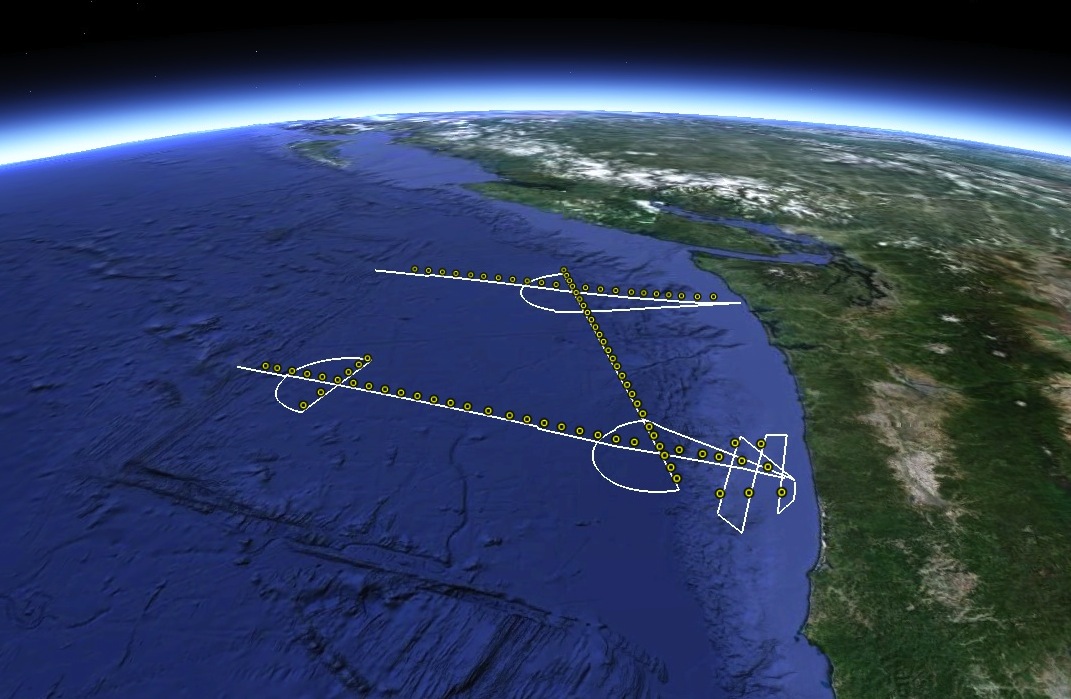
Juan De Fuca Plate: From Ridge to Trench
In June-July 2012 we conducted a two-ship active source seismic experiment aiming to characterize crustal and shallow mantle velocities and distribution of faulting along two ridge-perpendicular transects spanning the full width of the JdF plate, and a trench-parallel line to characterize along-trench variations in the architecture and velocity structure of the down-going plate across distinct structural regimes of the Cascadia subduction zone.

Rifting in the Okavango
SEISORZ is the active-source seismic component of the PRIDE project. The PRIDE project aims to understand the processes of continental rift initiation and evolution by analyzing along-axis trends in the southern portion of the East Africa rift system, from Botswana through Zambia and Malawi.
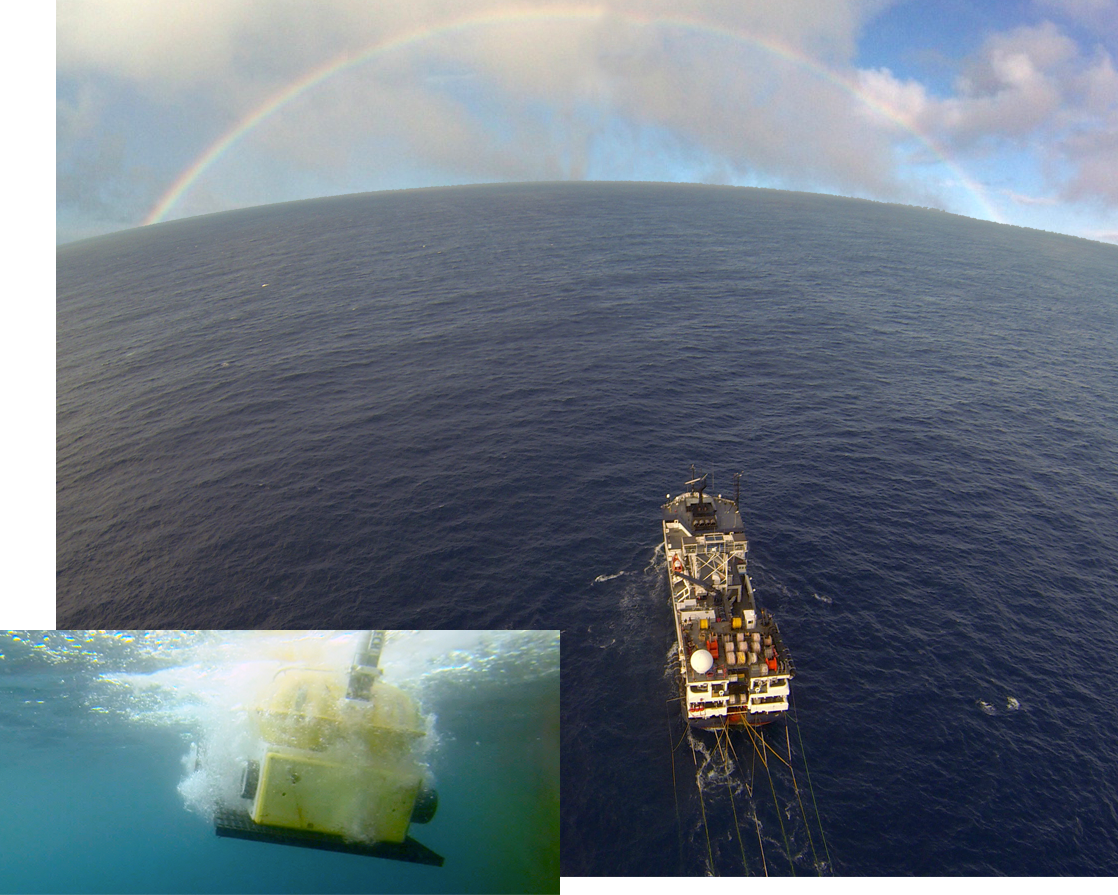
MARINER Rainbow
This project consists of a three-part seismic study of the physical architecture of the crustal and upper mantle at Rainbow to address the following fundamental question: What is the relationship between magmatism, faulting, substrate lithology, and hydrothermal circulation at the Rainbow hydrothermal field?
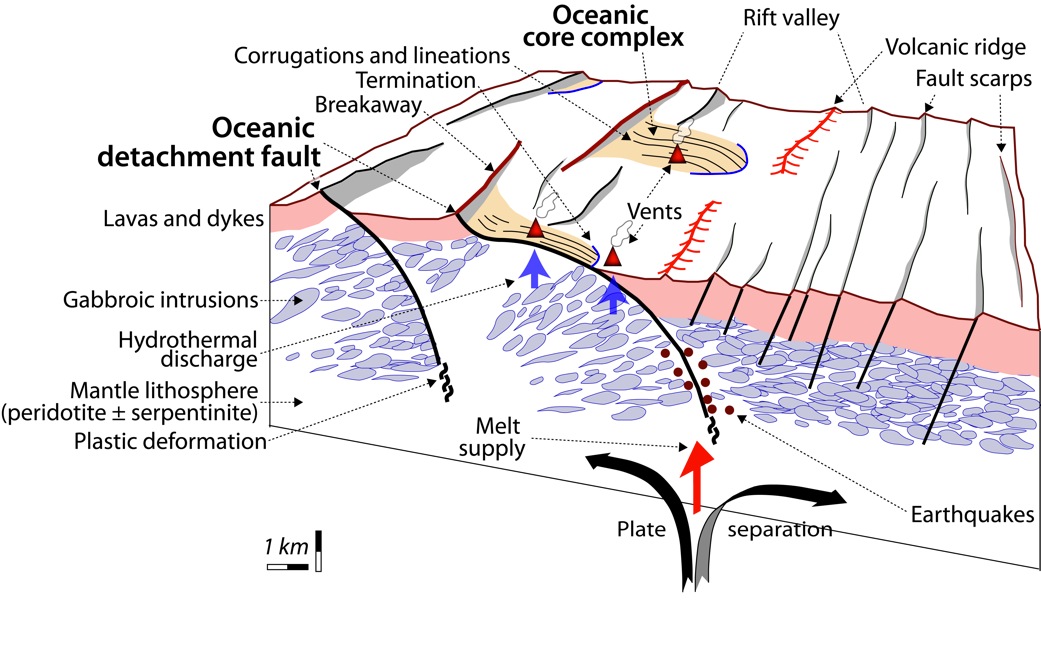
Image from Escartin and Canales (2011)
Chapman Conference on Oceanic Detachments
Detachments in Oceanic Lithosphere: Deformation, Magmatism, Fluid Flow and Ecosystems.
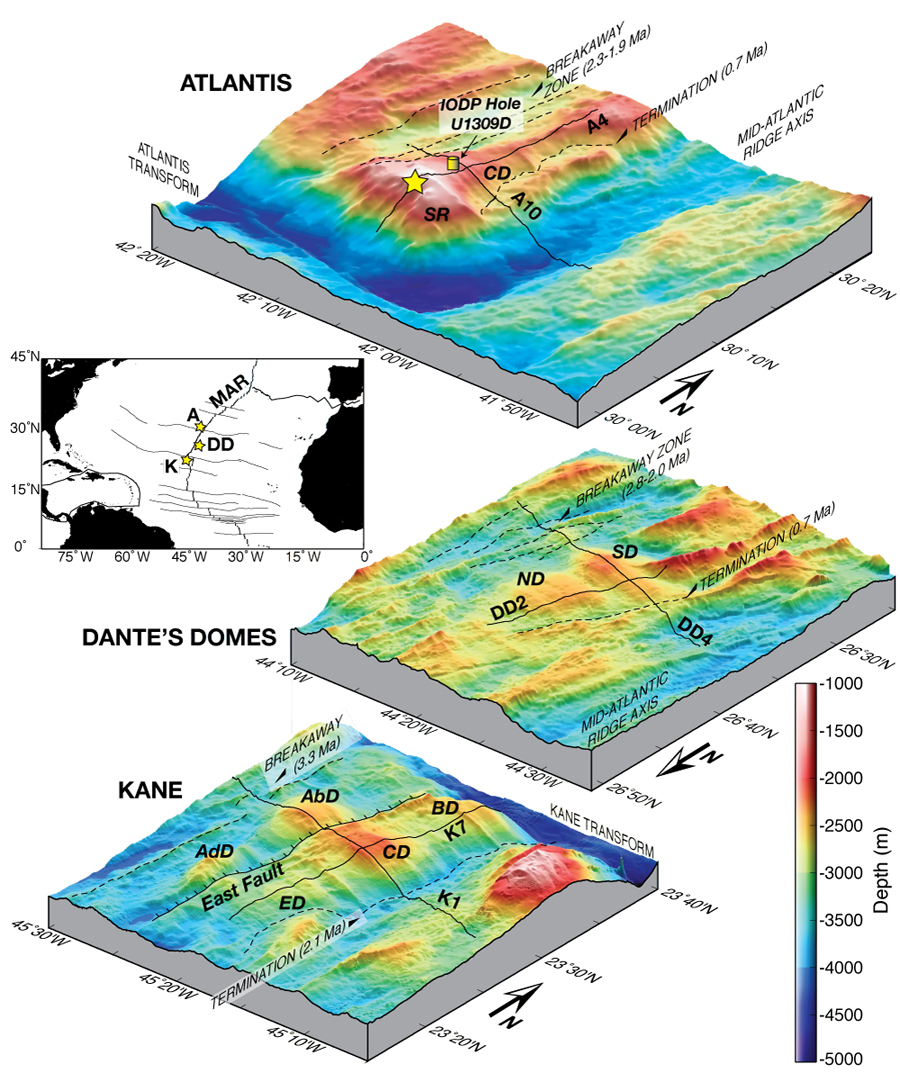
Seismic Investigations of Oceanic Core Complexes
Oceanic core complexes (OCCs) are deep sections of the oceanic lithosphere exhumed tothe seafloor by long-lived detachment faults.
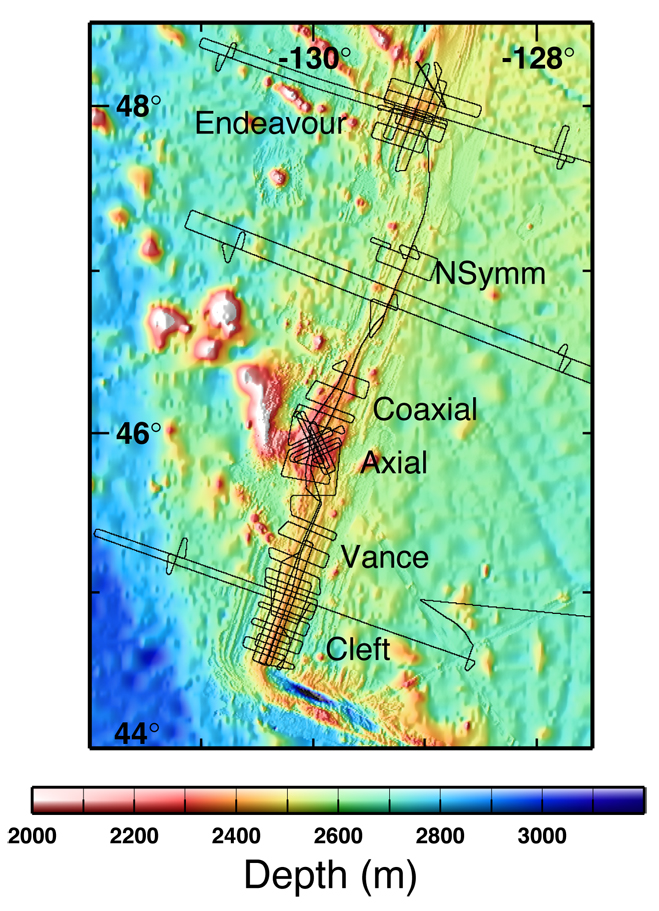
The Juan de Fuca Ridge and its Flanks
In 2002, a team from the Lamont-Doherty EarthObservatory, Woods Hole Oceanographic Institution, and Scripps Institution of Oceanography conducted an extensive MCS investigation of the Juan de Fuca Ridge (JdFR) and its flanks.
3D Multichannel Seismic Survey of the Magmatic-Hydrothermal System of the East Pacific Rise 9o50'N
The East Pacific Rise (EPR) at 9°50’N, one of the fastest spreading centers on Earth, is a highly dynamic magmatic, hydrothermal, and biological system that presents an ideal opportunity to observe and measure changes in and linkages between surface and sub-surface mid-ocean ridge processes on decadal time-scales.
